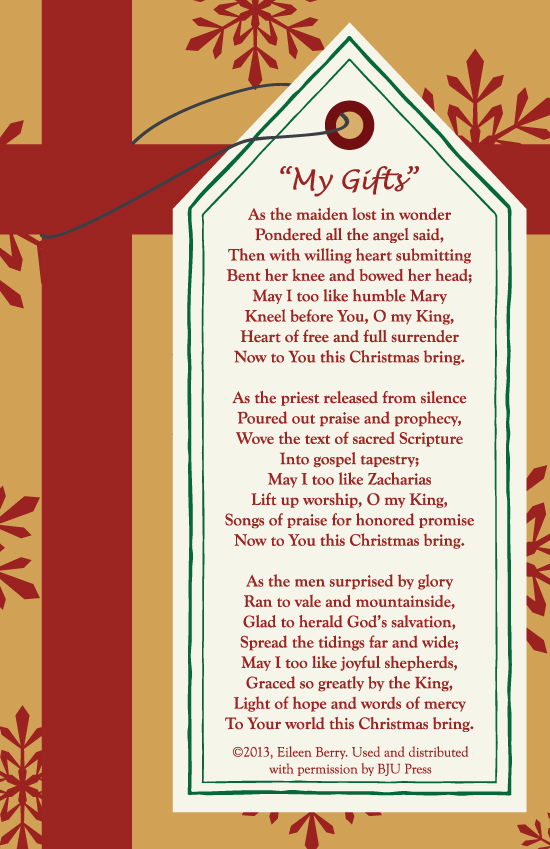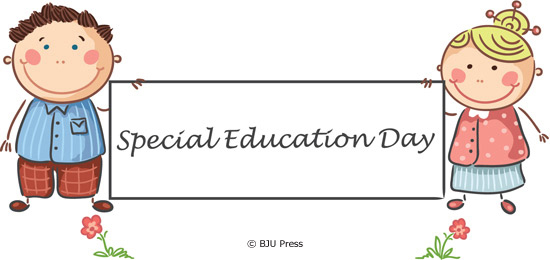When we consider the greatness of the gifts God has given us in Christ, any offering we could make in return seems rather paltry. But in looking at the men and women of the Christmas story, we find models of gift-giving that any believer can imitate. Though simple, their gifts were given out of hearts of love, gratitude, and joy.

